Russell Garden Rescue: Divide Overgrown Plants This Fall
Quick Guide to Fall Perennial Division
- Why Divide in Fall? Cooler temps, warm soil, and fall rains reduce plant stress and promote root growth before winter in the Ottawa area.
- When? Late August to mid-October (4-6 weeks before ground freeze).
- Which Plants? Hostas, Daylilies, Peonies (early fall only), Siberian Iris, Bee Balm, Garden Phlox.
- Key Steps: Dig wide, lift gently, separate carefully (ensure roots & shoots), replant at the same depth, water thoroughly.
- Need Help? Overwhelmed by fall chores? Request a quote for professional garden help!
Is your garden feeling cramped? Get expert help dividing your plants this fall!
Request Your Free Quote Today!Introduction: Give Your Russell Garden Some Breathing Room!
Okay, Russell neighbours, let's talk about your gardens! As the vibrant colours of summer start to fade, do your flower beds look a little... packed? Maybe your favourite hostas are staging a hostile takeover, or the daylilies are practically sitting in each other's laps? It happens! Even in lovely areas like Russell, Embrun, and Metcalfe, our enthusiastic perennials can get a bit *too* friendly over time.
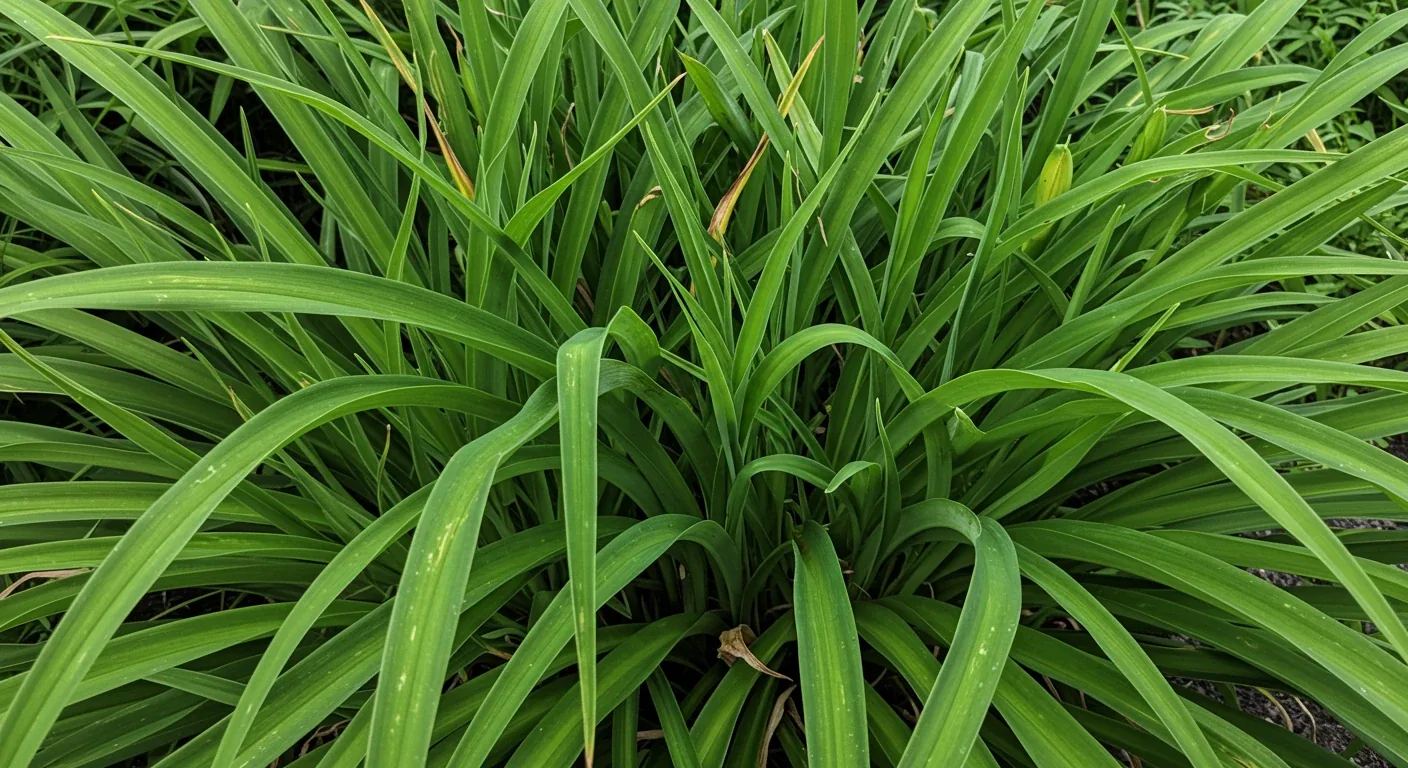
Think of fall plant division not as a daunting chore, but as giving your garden some much-needed breathing room. It’s like saying, "Okay gang, spread out a little!" This essential fall gardening task prevents overcrowding, which can lead to weaker plants, fewer blooms, and more competition for water and nutrients. Plus, it's the *perfect* way to multiply your favourite plants for free – hello, new additions to your landscape or thoughtful gifts for fellow gardeners! You can see amazing garden transformations starting from simple steps like this.
In this guide, we'll gently walk you through the simple process:
- Why dividing your perennials is so darn good for them (and you!).
- Which plants are prime candidates for a fall split.
- The easy-peasy steps to divide them successfully.
Let’s get those roots untangled and set your garden up for spectacular success next spring!
Why Fall is Prime Time for Plant Division in the Ottawa Area
Alright, so summer's winding down here in the Ottawa area. The days are getting shorter, there's a crispness in the air (sometimes!), and maybe you're trading iced tea for something warmer. While it might feel like garden season is officially packing its bags, hold your horses! Fall is actually the *perfect* time for one very important garden chore: dividing your perennials. Think of it as a spa day for your plants before their long winter nap.
But why fall? Why not spring? Great questions! Here’s the scoop on why autumn is often the best season for this task in our neck of the woods:
- Cooler Temps = Less Stress: Imagine running a marathon on a scorching July day versus a cool September morning. Big difference, right? Same for your plants! Dividing perennials involves digging them up, teasing apart or cutting their roots, and replanting them, which *is* stressful. Cooler fall temperatures mean less shock for the plant. The gentler sun and lower temps reduce water loss from leaves (transpiration, if you want to get fancy!), allowing the plant to focus its energy downwards on root recovery instead of desperately trying to stay hydrated.
- Warm Soil, Happy Roots: Even though the air is cooling down, the soil in Ottawa – whether you're gardening in Barrhaven or tending beds out in Manotick – holds onto summer's warmth for a good while. This magical combination of cool air and warm soil is the *ideal* environment for root growth. It encourages plants to put their energy into establishing strong roots *before* the ground freezes solid, rather than pushing out new leaves or flowers. Strong roots developed in fall mean a healthier, more vigorous plant ready to leap into action come springtime. Check local resources like the Master Gardeners of Ottawa-Carleton for soil temperature insights.
- Mother Nature Often Helps with Watering: Fall typically brings more consistent rainfall compared to the sometimes-scorching, sometimes-droughty Ottawa summer months. Consistent soil moisture is crucial for newly divided plants to settle in and establish those vital new roots, and Mother Nature often lends a helping hand in autumn. Less time spent dragging the hose around is always a bonus! You can monitor rainfall with Environment Canada's Ottawa forecast.
- A Head Start on Spring: Let’s be honest, spring in the garden is *busy*. Everything bursts into life at once, and the garden to-do list can suddenly feel a mile long. Dividing plants in the fall gets a major task crossed off your spring list *before* spring even arrives. It's one less thing to worry about when you're busy cutting back other plants or eagerly awaiting those first bulbs. This proactive approach is smart gardening and helps prevent that overwhelming feeling that might lead to needing Russell Neglected Garden Spring Recovery Tips later on!
- Part of Smart Fall Prep: Dividing perennials fits perfectly into your broader autumn garden routine. It’s a key step in preparing your garden beds for the cold months ahead, ensuring your favourite plants survive Ottawa's winter and thrive next year. Good Russell Fall Garden Prep to Prevent Winter Loss often includes tidying up spent foliage, maybe adding some mulch *after* the ground starts to cool, and dividing those perennials that have gotten a bit too big for their britches. It’s all part of comprehensive Russell Fall Plant Care for Ottawa Winter.
Timing is Key in the Capital Region:
You don't want to wait *too* long, though! The sweet spot for fall division in the Ottawa area (generally USDA Zone 5a/b, depending on your specific microclimate) is typically from late August until about mid-October. The absolute *key* is to give your newly divided plants enough time – ideally 4 to 6 weeks – to establish some new roots before the ground freezes solid. Keep an eye on the long-range forecast! Once the ground freezes hard, root growth effectively stops. Doing it too early, while it's still genuinely hot, can stress the plants unnecessarily. Doing it too late risks them not anchoring themselves properly before winter truly sets in, potentially leading to frost heave (where the plant gets pushed out of the ground). And remember, healthy soil structure achieved through good soil preparation helps plants establish faster; it's fundamental, much like the Secrets to Perfect Russell Lawn Care: Your Ultimate Guide points out its importance for turfgrass.
Feeling a bit snowed under (pun intended!) by the thought of fall cleanup and plant division? It definitely can add up, especially in larger yards. If you find yourself needing an extra hand getting your garden ship-shape before winter arrives, remember that professional landscaping Services are available. Options like a dedicated Russell Yard Cleanup Service can take the pressure off and ensure your yard is properly prepped.
So, embrace the cooler air this autumn, grab your trusty spade or garden fork, and give your enthusiastic perennials the gift of elbow room. They'll reward your efforts with healthier growth and beautiful blooms next spring!
Ready to rejuvenate your perennials but short on time?
Get Professional Help With Your Garden MaintenanceNot All Heroes Wear Capes: Which Perennials Love a Fall Divide?
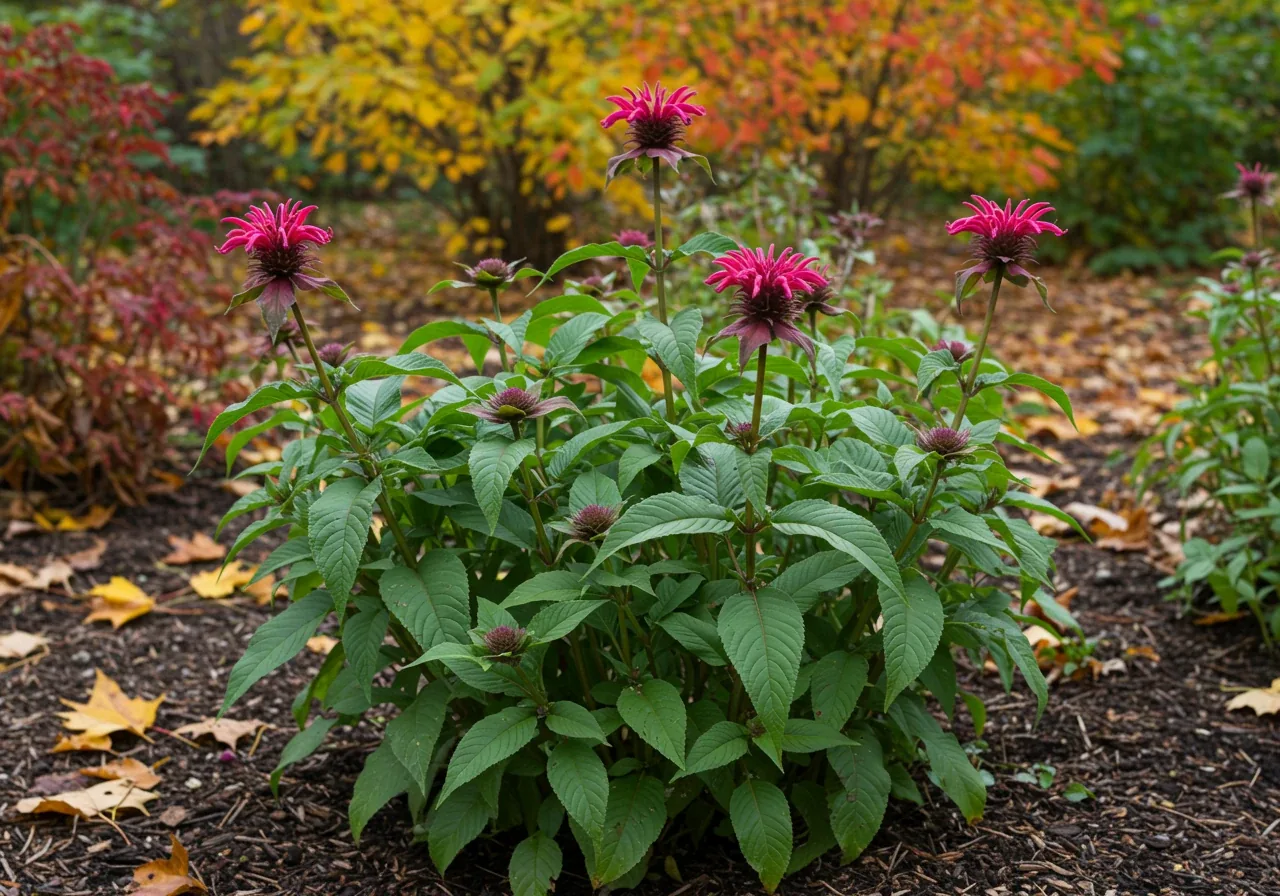
So, you're ready to embrace fall dividing after hearing why autumn is such a fantastic time for it here in the Ottawa region. Excellent! But hold your garden fork just a sec – not every plant in your backyard is thrilled about being dug up and split as the days get cooler. Some perennials practically shout "Yes, please!" while others whisper "Maybe wait 'til spring?" Let's meet the cast of characters.
Divide These Now!
These tough cookies generally handle fall division like champs. They’ve usually finished their big performance (blooming) and are happy to settle their roots into that lovely warm fall soil before winter hits.
- Hostas: The undisputed kings and queens of the shade garden! If your hostas are forming a giant blob or the centers are looking a bit sparse, fall is perfect. They bounce back beautifully. You'll find these everywhere from leafy lots in Richmond to suburban gardens in Barrhaven.
- Daylilies (Hemerocallis): These reliable bloomers multiply readily. Dividing them every few years keeps the flower show going strong. Like hostas, they're super forgiving.
- Peonies: Okay, peonies *can* be a bit dramatic about being moved, but fall (late August/early September) is the *only* time experts recommend dividing them if needed. Be gentle and ensure each division has 3-5 'eyes' (growth buds). Patience is key here!
- Siberian Iris: These elegant beauties appreciate division when crowded. Fall gives them time to establish before the ground freezes.
- Bee Balm (Monarda): Prone to mildew if overcrowded, dividing bee balm in fall helps improve air circulation and keeps the patch healthy.
- Garden Phlox (Phlox paniculata): Similar to bee balm, dividing tall garden phlox helps prevent powdery mildew and rejuvenates the clump.
Dividing these isn't just good plant care; it's a fantastic way to get *more* plants! You can fill gaps elsewhere or expand your beds. If you end up with more divisions than you have space for, consider adding a new feature with a professional garden install service to showcase them. Keeping up with division is a key part of regular garden maintenance that prevents bigger problems later.
Hold Off Until Spring
These plants generally prefer *not* to be disturbed in the fall. Dividing them now can make them vulnerable to Ottawa's winter chill.
- Late Bloomers: Plants still flowering or just finishing up in late summer/early fall, like Sedum 'Autumn Joy' or Asters. Let them finish their show and build up energy reserves. Plus, many provide lovely winter interest!
- Woody Perennials: Plants with woody stems like Lavender, Russian Sage, and Butterfly Bush are best left alone until spring. Fall pruning or dividing can expose them to winter damage.
- Ornamental Grasses: Most ornamental grasses look fantastic through fall and winter. Wait until early spring, just before new growth starts, to divide them.
- Heuchera (Coral Bells): These can be prone to frost heaving if divided too late in the season. Spring division is generally safer.
- Plants with Taproots: Things like Baptisia (False Indigo) have a deep taproot and really resent being disturbed *at all*, let alone in fall.
Dealing with the leftovers from division, or just tidying up around those plants you *aren't* dividing, is all part of fall prep. If the task list gets too long, remember that help is available. Whether you need a specific Metcalf garden clean up service or broader assistance across the city like an Ottawa garden clean up service, getting professional help can make fall chores manageable. Sometimes a full property clean up is just the ticket before winter sets in, especially if you've done a lot of dividing and rearranging. And don't forget, specific neighbourhood services like the Russell Yard Cleanup Service or even the Marionville property cleanup service are tailored for local needs.
So, choose your candidates wisely! Stick with the fall fans for now, and give your garden heroes the space they need to shine next spring. Check out our Google reviews to see how we've helped others!
Your Step-by-Step Guide to Dividing Like a Pro (Without the Backache!)
Okay, garden gladiators, let's get down to the nitty-gritty! Dividing perennials sounds technical, but it's mostly about giving your plants some elbow room. Think of it as gentle plant matchmaking – separating the overcrowded clumps so everyone has space to thrive. Follow these steps, and you'll be dividing like a pro (minus the potential visit to the chiropractor!).
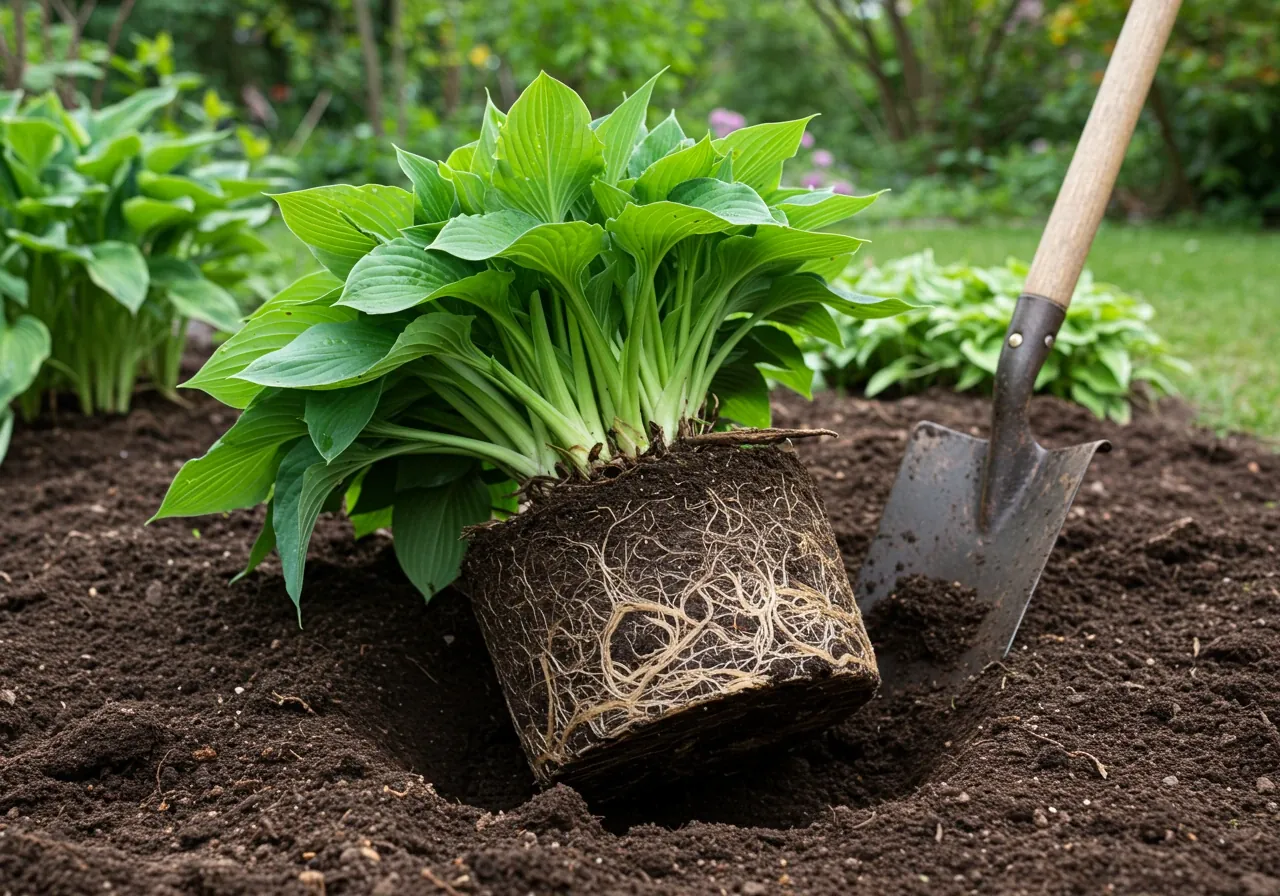
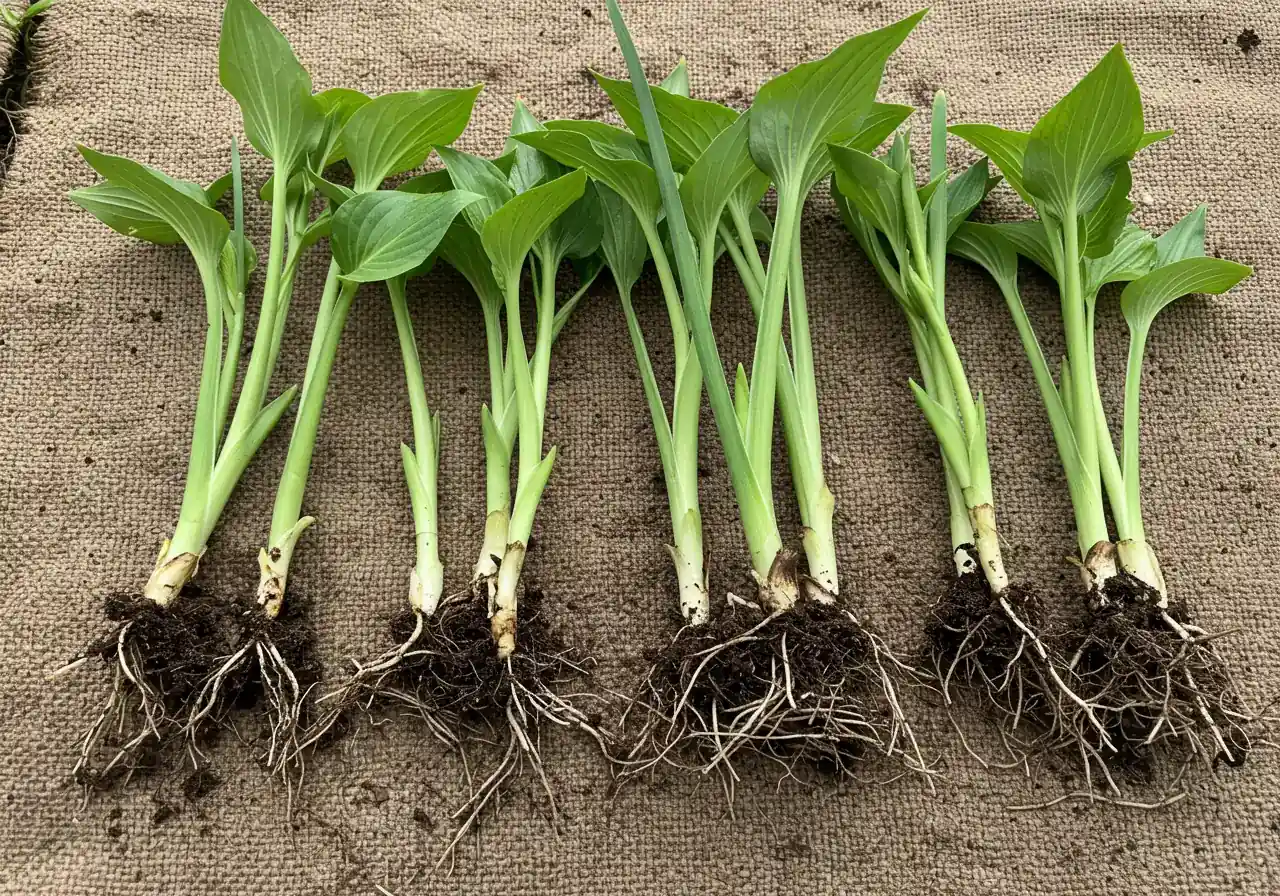
1. Gear Up!
Gather: sturdy fork/spade, trowel, knife/saw (optional), gloves, tarp/wheelbarrow, water source. Water plant area day before if possible.
2. The Great Excavation
Dig *around* the clump, giving roots space. Lift carefully from underneath. Shake off excess soil to see the roots.
3. Operation Separation
Gently tease apart or use forks/spade/knife to divide. Ensure each piece has healthy roots & shoots/eyes. Discard the old woody center.
4. Prep the New Digs
Dig new holes wider than the divisions. Amend soil with compost if needed for better structure and drainage.
5. Replant ASAP
Plant divisions at the *same depth* as before. Firm soil gently. Don't let roots dry out!
6. Water, Water, Water
Water thoroughly immediately after planting. Keep watering regularly until the ground freezes.
7. Tidy Up Time
Compost old plant bits. Clean the area. For large messes, consider a general Ottawa yard cleanup service or specific options like Metcalf or Marionville garden clean up service. Check feedback on services if needed. A full Ottawa garden clean up service might be useful.
8. (Optional) Mulch
Apply mulch late in fall after the ground cools to insulate and prevent frost heave. Proper mulching and edging makes a difference.
That’s it! You’ve successfully given your plants a new lease on life and maybe even multiplied your garden stock for free. Pat yourself on the back – you've earned it!
Uh-Oh! Common Fall Division Mistakes and How to Avoid Them in Ottawa
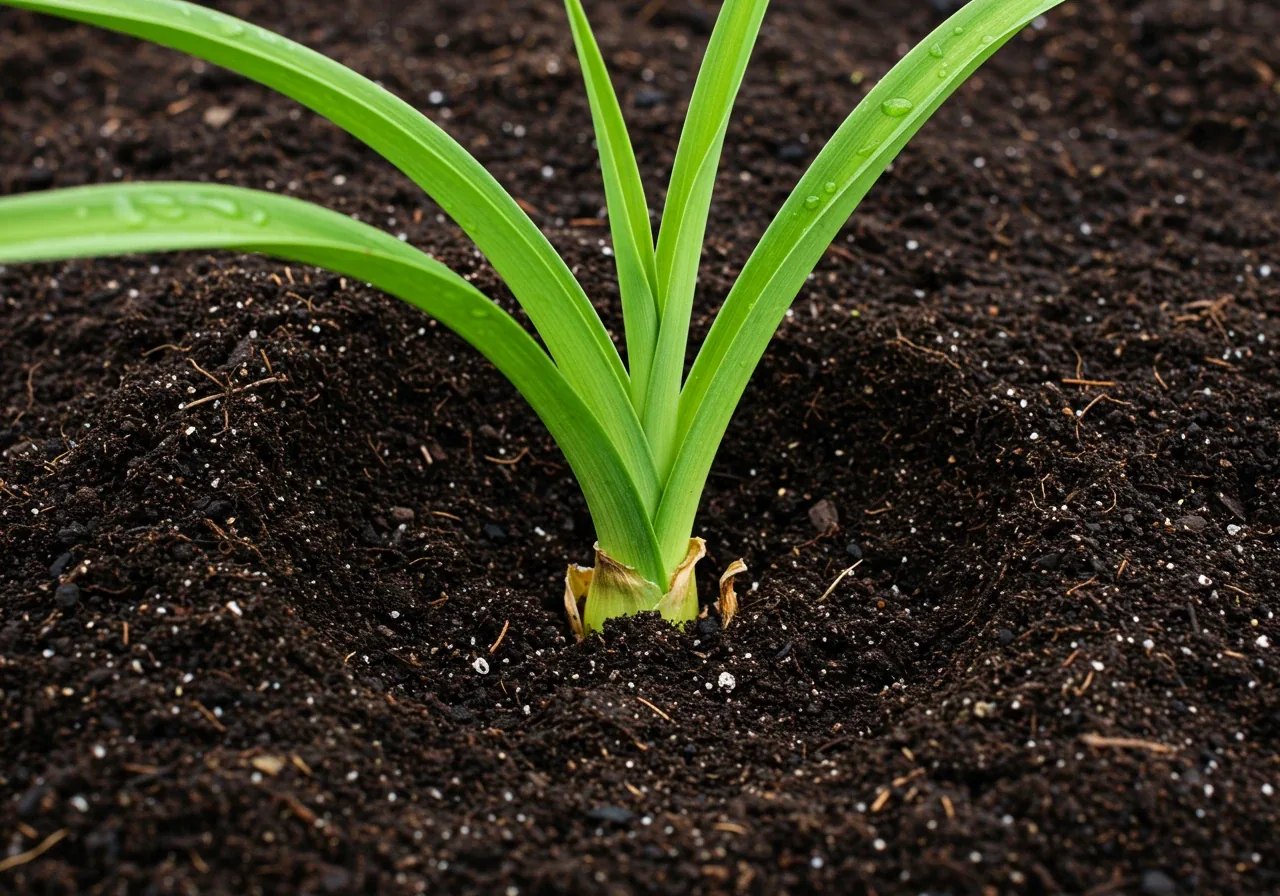
Even the most seasoned gardeners can make a little slip-up now and then, especially when it comes to timing fall tasks like plant division. Don't worry, it happens to the best of us! Think of these common pitfalls not as failures, but as learning opportunities to make your Ottawa garden even better next year. Let's look at some typical "oopsie-daisies" (pun intended!) and how to steer clear of them.
- Mistake #1: The Timing Tango Trouble (Dividing Too Early or Too Late)
- The Uh-Oh: In Ottawa, our fall transition can be swift! Divide too early while it's still blazing hot (remember those humid August days?), and you risk scorching the stressed divisions. Wait too long, like into late October or November, and the roots won't have the crucial 4-6 weeks they need to establish before the ground freezes solid. This makes them prime candidates for *frost heave* – where the freeze-thaw cycle pushes them right out of the ground.
- The Fix: Aim for that sweet spot from late August to early October. Keep an eye on the weather forecast, not just the calendar. Give your plants enough time to settle in before winter really arrives. If the end-of-season rush feels overwhelming, consider getting help with the general tidying; a comprehensive Ottawa property cleanup service can free up your time for focused tasks like division. Check the City of Ottawa's gardening resources for seasonal tips.
- Mistake #2: Being a Bit *Too* Enthusiastic (Rough Handling)
- The Uh-Oh: We get it, sometimes those root balls are stubborn, especially in our notorious Ottawa clay! But going full Hulk-smash with the spade or ripping roots apart carelessly can damage the crown (where the shoots emerge) or tear too many vital feeder roots. This makes recovery much harder for the plant.
- The Fix: Be firm but gentle. Use a sharp spade for clean cuts if needed, or try the two-forks-back-to-back prying method. Always ensure each division has a healthy share of both roots and shoots/buds. Remember, this is part of nurturing your plants, a key aspect of good gardening that often features in a regular city garden maintenance service.
- Mistake #3: Planting High or Hiding Low (Incorrect Depth)
- The Uh-Oh: Planting your new divisions deeper than they were originally growing can lead to crown rot, especially in heavier soils that don't drain quickly (hello, parts of Nepean!). Planting too shallowly leaves the roots exposed and vulnerable to drying out or freezing.
- The Fix: Pay attention! Aim to replant each division so the crown sits exactly at the soil level it was before. Gently firm the soil around it to eliminate air pockets, but don't compact it into a brick. Ensuring the surrounding area is clear of debris helps too – sometimes a thorough city property cleanup service is needed to properly prepare planting areas.
- Mistake #4: The "Set It and Forget It" Syndrome (Skipping Water)
- The Uh-Oh: Fall in Ottawa *can* be rainy, but we also get dry spells. Assuming Mother Nature will handle all the watering for your newly traumatized divisions is risky. Without consistent moisture, those new roots can't grow and establish before the freeze.
- The Fix: Water *thoroughly* right after planting. Then, keep checking the soil moisture every few days. If it feels dry an inch or two down, give them a good soak. Continue this until the ground freezes consistently. Don't let your hard work go to waste! This consistent care is vital across the city, something covered by a reliable city yard cleanup service that understands seasonal needs.
- Mistake #5: Picking the Wrong Dance Partner (Dividing Plants That Prefer Spring)
- The Uh-Oh: As mentioned earlier, some plants just *don't* like being disturbed in the fall. Trying to divide late bloomers, woody perennials, or ornamental grasses now can weaken them significantly before winter.
- The Fix: Stick to the fall division fan club (Hostas, Daylilies, Peonies, etc.). Mark the plants you want to divide in spring on a garden map or with a labelled stake. Patience, young grasshopper! For specialized garden care in specific areas, you might even seek out help from a Marionville yard cleanup service if you're nearby and unsure about certain plants.
By avoiding these common slip-ups, you'll set your divided perennials up for fantastic success, ensuring a vibrant and healthy garden next spring! Happy dividing!
Popular Perennials for Fall Division
*Peonies require careful fall division if needed. Chart shows relative suitability/frequency.
Fall Division Fast Facts
Got just a minute? Here are the super-quick things to remember about giving your perennials some space this fall!
Seriously, when is the *best* time to divide plants in the fall around Ottawa? Aim for that sweet spot between late August and early October! Whether you're gardening in Greely or closer to the city centre, you want to give your newly split plants about 4 to 6 weeks to settle their roots in before the ground freezes solid. Avoid the summer sizzle and the pre-winter deep freeze!
Okay, which of my garden buddies are usually happy to be divided now? Your best bets for fall division are tough cookies like Hostas (great for shady spots!), Daylilies, Peonies (just be gentle!), Siberian Iris, and Bee Balm. Dividing these favourites is a fantastic, free way to get more plants and refresh your garden beds – you can see examples of garden transformations that often start with simple steps like this.
If I only remember *one* thing after replanting, what should it be? Water, water, water! Seriously, give those new divisions a good drink right away to settle the soil, and keep checking the moisture until the ground freezes. Consistent watering is crucial for root growth. Later in the fall, after the ground cools, adding mulch helps retain that moisture, aligning with proper mulching and edging techniques.
Help! I followed the steps and now I have way more plants than I know what to do with! That's a great "problem" to have! Share the plant love with neighbours, use them to fill bare spots, or start a new garden bed (which might involve some smart material selection for new planting areas). If the division process created a bit more tidying up than expected, or you need help managing the extra plants and debris, consider handling the aftermath with an Ottawa property cleanup service.
I did it! The plants are divided and replanted. Now what? Keep up the watering until the freeze, maybe add that late-fall layer of mulch, and then pat yourself on the back! You've just done your future self a huge favour. Come next spring, when your garden looks healthier and more vibrant, you'll want to send yourself a thank you note! Enjoy the results of your fall gardening efforts.
Your Ottawa Fall Division Questions Answered (FAQ)
It sure does, but don't fret! Clay soil holds moisture well but can drain slowly. When dividing, amend the planting hole with compost to improve drainage and structure. Avoid dividing *too* late, as soggy, cold clay isn't ideal for root establishment. Proper soil prep helps prevent rot. The team highlighted on our About Us page has plenty of experience with Ottawa's tricky soils!
It's tempting to make lots of tiny pieces, but viability is key! Ensure each new division has a healthy portion of roots *and* at least 3-5 growth buds or shoots (often called 'eyes'). Smaller divisions might take longer to establish or may not survive the winter. Think quality over quantity for the best results next spring.
Hold off on the fertilizer! In fall, you want the plant's energy focused on root development, not tender new leaf growth that will just get zapped by frost. Fertilizing now can encourage the wrong kind of growth. Wait until spring. Consistent watering is more important now. Healthy soil is the foundation, similar to how good practices are key for effective lawn care.
Don't panic! Water them well *before* the frost hits, as moist soil freezes slower than dry soil. Once the ground starts to cool consistently (even after the frost event), apply a protective layer of mulch (like shredded leaves or straw) around the base. This helps insulate the roots. If you're short on time for prep, services like the Marionville yard cleanup service can assist with urgent mulching and leaf management.
Oops, happens to the best of us! For small spots, you can loosen the soil, add a bit of topsoil, and overseed with grass seed suitable for our Ottawa climate. Keep it moist! For larger gaps or if you want a quicker, more uniform fix, laying down fresh turf is a great option. Professional sod installation services can make that lawn edge look perfect again in no time.
Great question! Reputable companies take your privacy seriously. Any information you provide, like your address or contact details for scheduling service, should be handled securely and used only for the purpose of providing that service. You can typically find detailed information in the company's Privacy Policy, which outlines how your data is collected, used, and protected. Always check the terms and conditions as well.
Conclusion: Refresh Your Russell Garden & Enjoy the Rewards!
Okay, Russell gardeners, you've officially graduated from Fall Division 101! Hopefully, you're feeling confident about giving your favourite perennials some breathing room this autumn. It might seem like just one more gardening task on the fall checklist, but think of the fantastic rewards waiting for you next spring:
- Healthier, more vigorous plants that aren't elbowing each other out of the way.
- Tidier, rejuvenated garden beds that look intentionally designed, not just… full.
- Best of all – free plants! Dividing is the ultimate landscaping hack for multiplying your favourites without spending a dime.
Tackling division now is a key part of smart fall cleanup. It prevents overcrowding issues down the road and sets your garden up for spectacular success. Imagine the satisfaction next season when those divided hostas in your shady corner or the daylilies along the path burst forth with renewed energy! So, why not grab your spade and give it a whirl? Follow the steps, avoid those common oopsies we talked about, and enjoy the process of actively improving your garden.
Of course, life happens! If your autumn schedule is already bursting at the seams, or the thought of wrestling with stubborn roots in Russell or neighbouring communities like Greely feels a bit daunting (we get it, Ottawa clay can be stubborn!), don't sweat it. Professional gardening and landscaping help is just a call or click away. Consider reaching out for assistance with your fall cleanup needs, including plant division. We're happy to handle the digging so you can simply anticipate the beautiful results.
Let us handle the heavy lifting this fall. Book your garden service today!
Explore Our Yard & Garden ServicesEither way you choose – DIY or getting a helping hand – here's to revitalized Russell gardens and enjoying the beautiful rewards of your efforts come springtime! Happy gardening!

